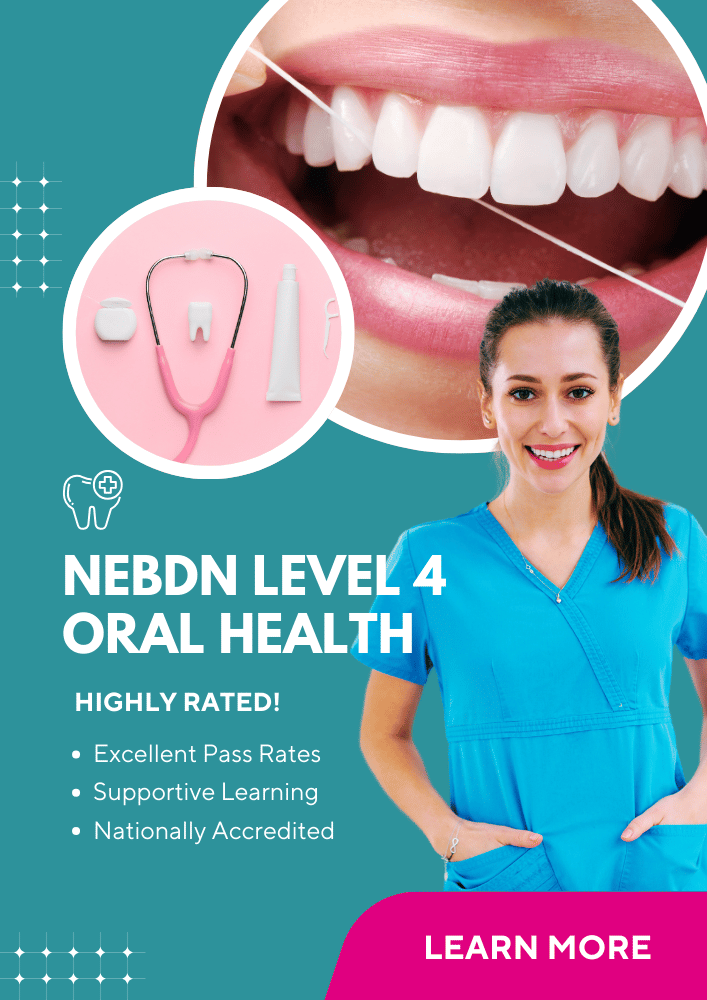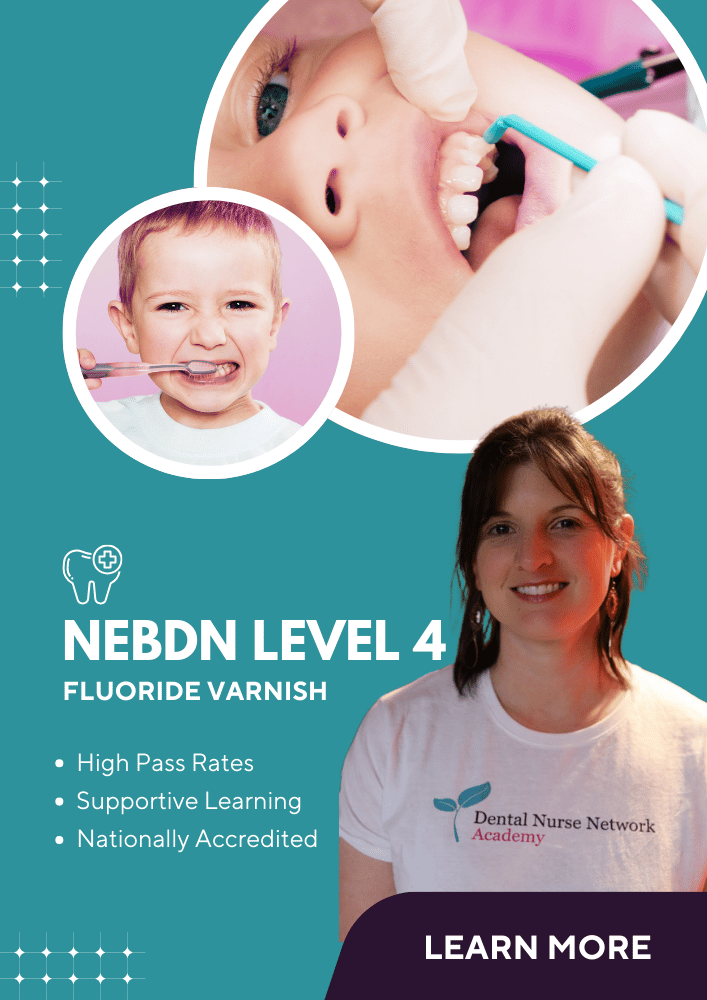 One of the new and exciting extras we are now offering at our dental practice is Plasma Rich in Growth Factors (PRGF).
One of the new and exciting extras we are now offering at our dental practice is Plasma Rich in Growth Factors (PRGF).
As stated before, I still nurse from time to time, usually for implant placements, and I have seen first-hand why PRGF offers many benefits. Being able to nurse for the procedure has also given me a great understanding of the different stages involved. During consultations I will explain why we recommend the use of PRGF, and what will happen from start to finish.
PRGF involves us having to take blood from the patient. This is then spun in a centrifuge for approximately 10 minutes. The blood and plasma will separate and we will extract the plasma which we then mix with an activator. The lighter part of the plasma will form a membrane and the darker part of the plasma (the part nearest to the blood) will form a clot. It is important that we ensure the blood does not mix with the plasma because we would be unable to use this if it did.
Using PRGF helps to promote healing, tissue regeneration and also has a higher success rate. Notably, PRGF is now being used for many different reasons, not just in dentistry. It has reportedly been used to help tissue regeneration in footballers’ knees, and the new ‘Vampire Facelift’ is also using PRGF to prolong a youthful appearance.
A patient visited me recently – he was a soldier injured during his service. An anti-tank bomb detonated and he was close enough to be caught in the blast. Most of his teeth were damaged, but the main area that was affected was one of his legs. This patient had to endure many agonising operations, which included skin grafts and knee replacements.
Unfortunately after years of struggle and pain, during the latest operation to try and replace the knee for the fourth time, they found that there was an infection in the bone, so the leg had to be amputated. He reports that he woke up smiling, and knew before he had even opened his eyes that his leg had gone. He now does a lot of work for charities to help children that have had to endure loss of limbs.
Due to the damaged sustained to this patient’s teeth, he requires extensive dental treatment to correct everything. He requires the removal of broken teeth, implants to be placed and crowns/veneers to the remaining sound teeth. We will be using PRGF during the implant placement, so as I was explaining the PRGF procedure I was amazed to hear that it is now being used in patients that have had amputations too. A titanium rod is placed in the 'stump' and PRGF is used to promote healing and give a higher success rate to the bone integrating around the titanium rod. Once healed, a prosthetic limb will be able to attach to the rod.
Another patient we treated last year had been suffering with her teeth for years. All of her upper central teeth had been root treated and crowns fitted. The patient had lost some back teeth and she had to wear an upper partial denture. Our adverts had attracted her to look into an implant retained denture or fixed bridge work on implants . After the initial consultation with approximate costs, she decided that she would like to have the fixed bridge work, so another consultation was scheduled and a CT scan taken.
From the scan we were able to see a very large infection around her UR3, UR2, UR1, UL1, UL2 and UL3 teeth. Our patient was unaware of any problems because she had not suffered with any pain or swelling. Due to the infection, we were unable to extract the teeth and place the implants on the same day. The infection was so large that the bone was damaged. We explained that the remaining teeth needed to be extracted, the area cleaned and then bone augmentation placed with PRGF. A healing period of three months was required before we would review the area and then possibly be able to place the implants.
Fortunately, the results were excellent and we were able to place the implants after the three months. We used PRGF during the implant placement – the implants were submerged in the PRGF before we placed them and then the clot was sectioned and placed over the implants before we closed. PRGF will also aid the healing in the soft tissues and reduce bruising and swelling after an implant procedure.
This was undoubtedly a complex case but everything went according to plan and this patient now has a 12-unit fixed bridge on 6 conventional implants. She is thrilled with the end result.
Being a Treatment Co-ordinator means being able to witness the progression of dentistry first hand. PRGF really is a new and exciting benefit to dentistry. I recently read an article in a newspaper about a tooth successfully being grown in a test-mouse. My first thought was poor mouse, but isn’t that amazing – to be able to grow back a tooth, just from planting a seed into an area? This research is obviously a long way off yet, but at some point in the future this could be a treatment option that Treatment Co-ordinators are discussing. How exciting!
Click here to read 'Diary of a TCO' - Week 1



